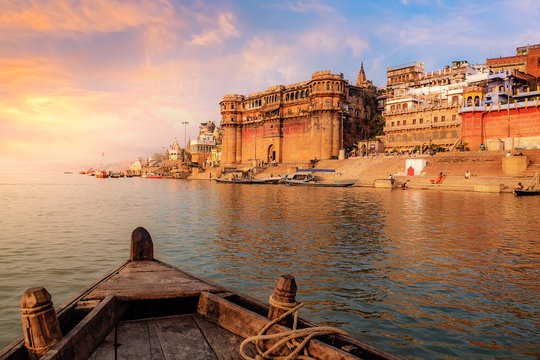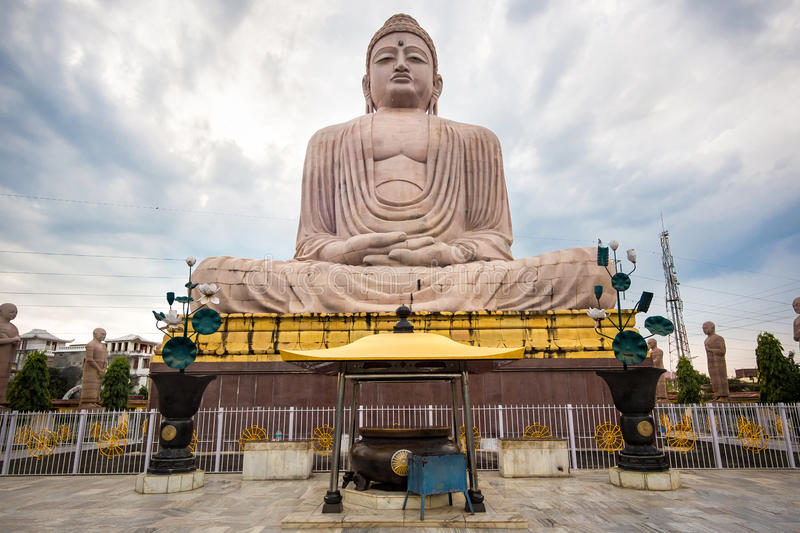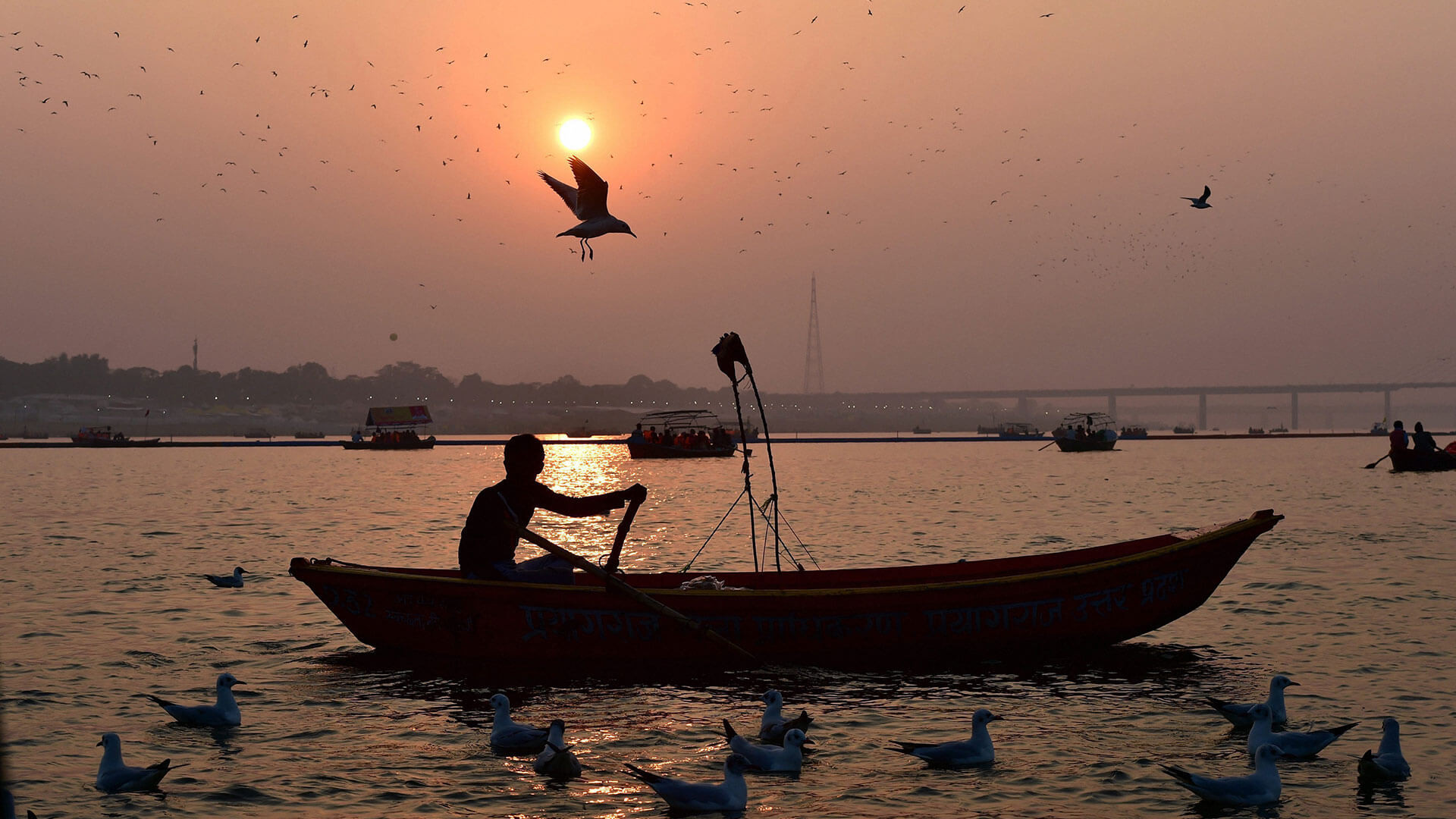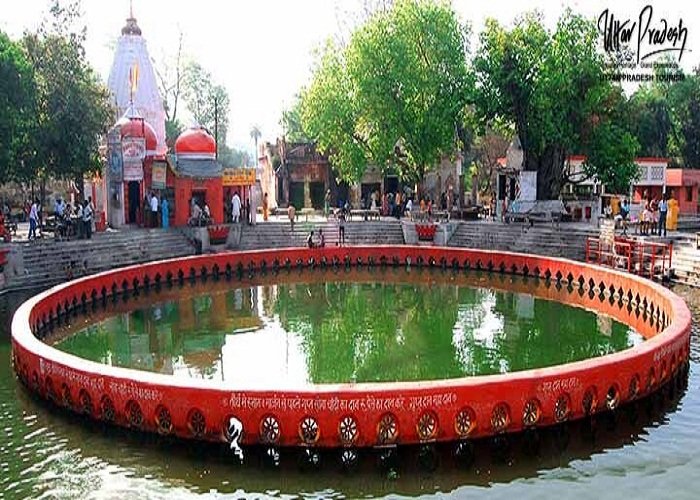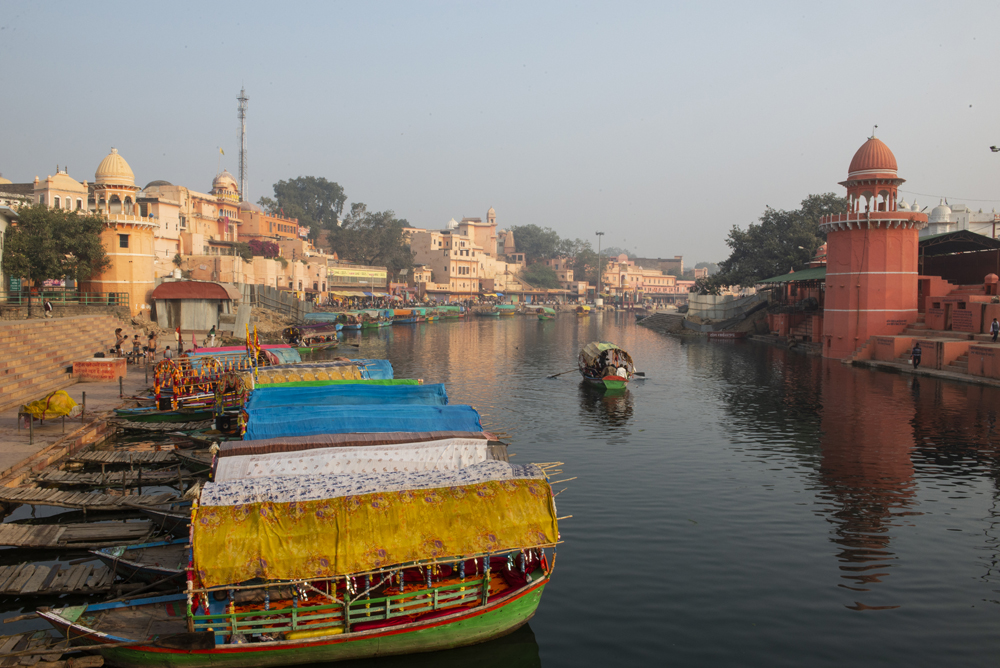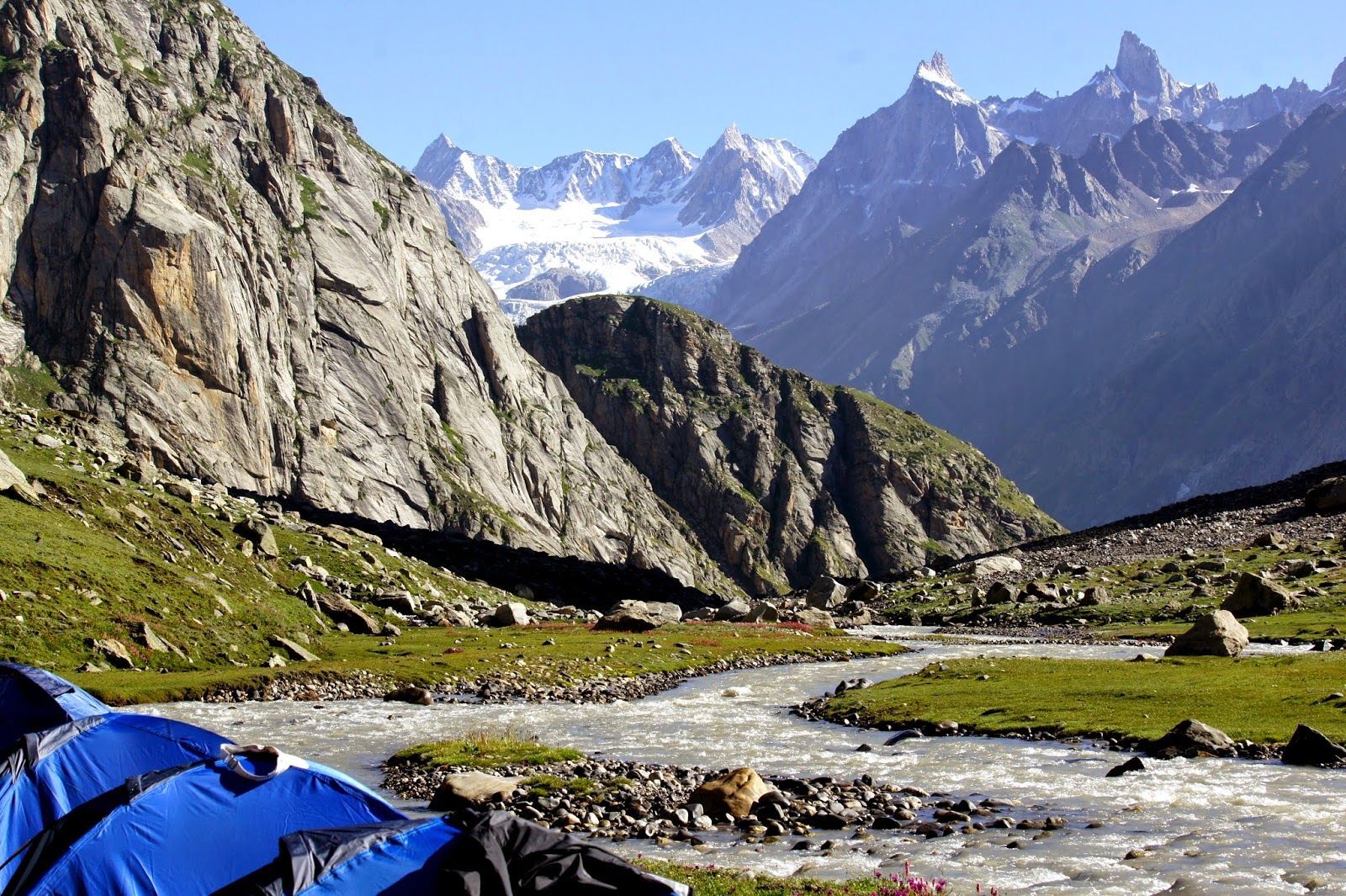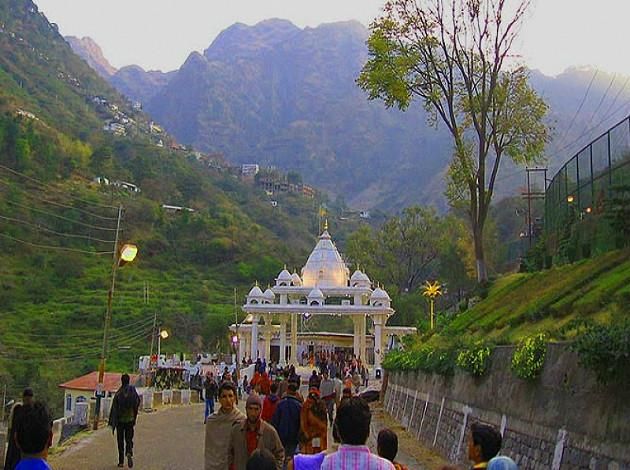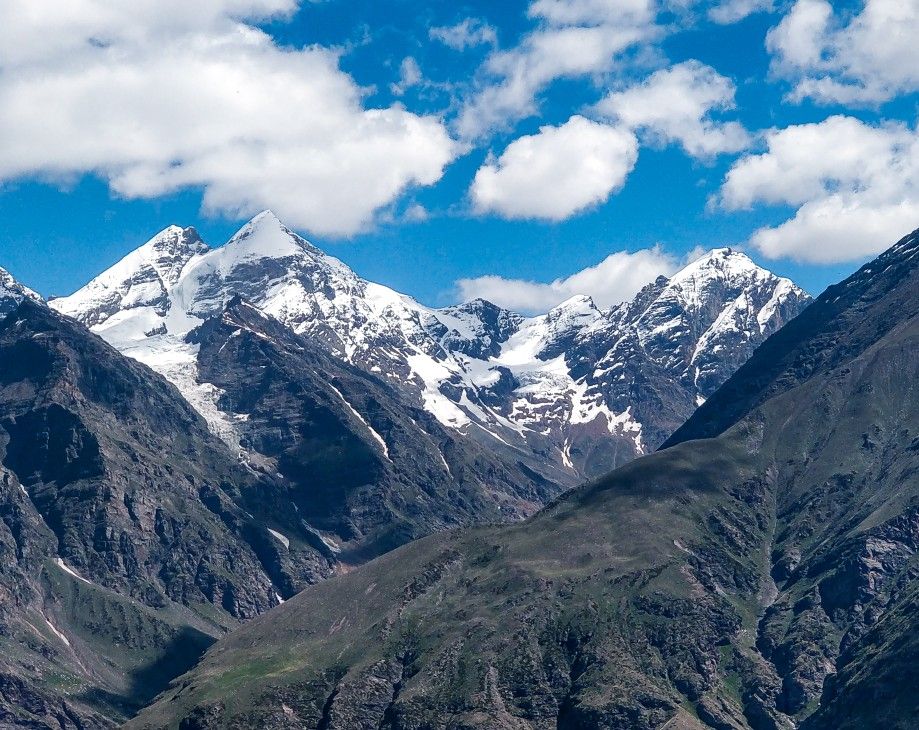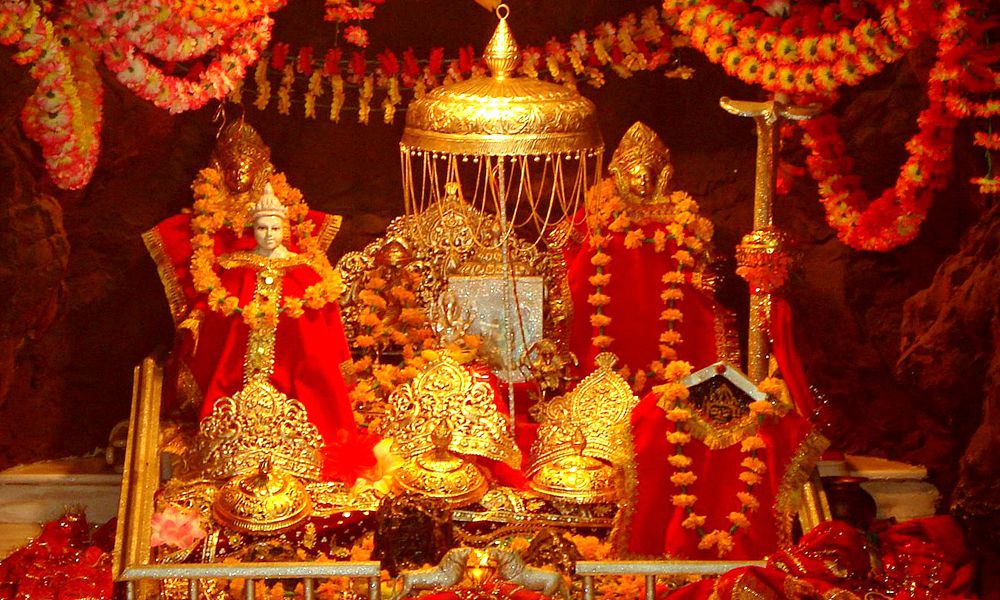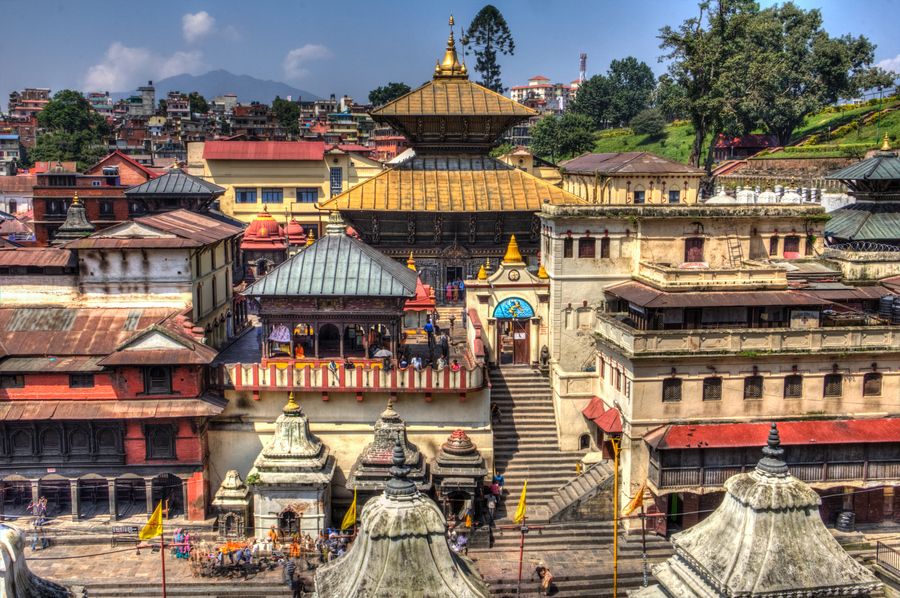NAIMISHARANYA
Shri Naimishnath Vishnu Temple, also known as the
Naimishnath Devaraja temple or Naimishnarayan Temple or ramanujar kot Temple is
a Hindu temple dedicated to Vishnu and lakshmi located in the north Indian
state of Uttar Pradesh in naimisharanya town in sitapur district. It is one of
the Divya Desams, the 108 temples of Vishnu revered in Nalayira Divya
Prabandham by the 12 poet saints called the Alvars. The temple is believed to
be of significant antiquity with contributions at different times from the
ruling kings. The temple is counted as one of the eight temples of Vishnu that
self-manifested and is classified as Swayamvyaktha Kshetra. The holy teerths Chankra
Kunda and gomati river are associated with the temple and it is a pilgrimage
centre where people take a holy dip during festive occasions
AYODHYA
yodhya is a city
situated on the banks of the Sarayu river in the Indian state of Uttar Pradesh.
Ayodhya was historically known as Saketa. The early Buddhist and Jain canonical
texts mention that the religious leaders Gautama Buddha and Mahavira visited
and lived in the city. The Jain texts also describe it as the birthplace of
five tirthankaras namely, Rishabhanatha, Ajitanatha, Abhinandananatha,
Sumatinath and Anantnath, and associate it with the legendary Bharata
Chakravarti. From the Gupta period onwards, several sources mention Ayodhya and
Saketa as the name of the same city.
The legendary city of Ayodhya, popularly identified as the
present-day Ayodhya, is the birthplace of the Hindu deity Rama of Kosala and
setting of the great epic Ramayana and its many versions. Owing to the belief
as the birthplace of Rama, Ayodhya has been regarded as the first of the seven
most important pilgrimage sites for Hindus
PRAYAG RAJ (TRIVENI SANGAMA)
Triveni Sangam is the confluence of the Ganges (Ganga), the
Yamuna, and the mythical Saraswati River. Triveni Sangam is located at Prayag –
the area of Prayagraj neighbouring the confluence; for this reason, the
confluence is also sometimes referred to as Prayag.
At Triveni Sangam, the Ganges and the Yamuna can be
identified by their different colours – the water of the Ganges is clear while
that of the Yamuna is greenish in colour.The third river, the mythical
Saraswati, is called invisible.
The auspiciousness of the confluence of two rivers is
referred to in the Rigveda, which says, "Those who bathe at the place
where the two rivers, white and dark, flow together, rise up to heaven.”
A place of religious importance and one of the sites for the
historic Kumbh Mela held every 12 years, over the years it has also been the
site of the immersion of ashes of several national leaders, includin Prayagraj
lies close to Triveni Sangam, the "three-river confluence" of the
Ganges, Yamuna, and the mythical Sarasvati.It plays a central role in Hindu
scriptures. The city finds its earliest reference as one of the world's oldest
known cities in Hindu texts and has been venerated as the holy city of Prayāga
in the ancient Vedas. Prayagraj was also known as Kosambi in the late Vedic
period, named by the Kuru rulers of Hastinapur, who developed it as their
capital. Kosambi was one of the greatest cities in India from the late Vedic
period until the end of the Maurya Empire, with occupation continuing until the
Gupta Empire. Since then, the city has been a political, cultural and
administrative centre of the Doab region.
Akbarnama mentions that the Mughal emperor Akbar founded a
great city in Allahabad. ʽAbd al-Qadir Badayuni and Nizamuddin Ahmad mention
that Akbar laid the foundations of an imperial city there which was called
Ilahabas or Ilahabad. He was said to be impressed by its strategic location and
built a fort there, later renaming it Ilahabas by 1584, which was changed to
Allahabad by Shah Jahan.[vague][ In the early 17th century, Allahabad was a
provincial capital in the Mughal Empire under the reign of Jahangir.In 1833, it
became the seat of the Ceded and Conquered Provinces region before its capital
was moved to Agra in 1835. Allahabad became the capital of the North-Western
Provinces in 1858 and was the capital of India for a day. The city was the
capital of the United Provinces from 1902 to 1920 and remained at the forefront
of national importance during the struggle for Indian independence. Mahatma
Gandhi in 1949
The location at the confluence of Ganges and Yamuna rivers
has been known in ancient times as Prayāga, which means "place of a
sacrifice" in Sanskrit . It was believed that god Brahma performed the very first
sacrifice (yāga, yajna) in this place.
The word prayāga has been traditionally used to mean "a
confluence of rivers". For Allahabad, it denoted the physical meeting
point of the rivers Ganges and Yamuna in the city. An ancient tradition has it
that a third river, invisible Sarasvati, also meets there with the two. Today,
Triveni Sangam (or simply Sangam) is a more frequently used name for the
confluence.
Prayagraj (Sanskrit: Prayāgarāja), meaning "the king
among the five prayāgas", is used as a term of respect to indicate that
this confluence is the most splendid one of the five sacred confluencies in
India.
It is said that the Mughal emperor Akbar visited the region
in 1575 and was so impressed by the strategic location of the site that he
ordered a fort be constructed. The fort was constructed by 1584 and called
Ilahabas or "Abode of Allah", later changed to Allahabad under Shah
Jahan. Speculations regarding its name, however, exist. Because of the
surrounding people calling it Alhabas, has led to some people[who?] holding the
view that it was named after Alha from Alha's story.[19] James Forbes' account
of the early 1800s claims that it was renamed Allahabad or "Abode of
God" by Jahangir after he failed to destroy the Akshayavat tree. The name,
however, predates him, with Ilahabas and Ilahabad mentioned on coins minted in
the city since Akbar's rule, the latter name became predominant after the
emperor's death. It has also been thought to not have been named after Allah
but ilaha (the gods). Shaligram Shrivastav claimed in Prayag Pradip that the
name
CHITRKOOT
Chitrakoot means ‘Hill of many Wonders’. Chitrakoot falls in
the Northern Vindhya Range of mountains spread over the State of Uttar Pradesh
and Madhya Pradesh.
SPHATIK SHILA
The sphatik shila is a small boulder situated on the banks
of River Mandakini, upstream from the Rama Ghat. This place is believed to be
the spot where Mother Sita did her Shringaar (makeup). Also, legend has it that
this is where Jayant, Lord Indra’s son, disguised as a crow pecked Sita on her
foot. It is said that this boulder still bears the imprint of Rama’s feet.
SATI ANUSUYA ASHRAM
This ashram is known to be the resting place of the sage
Atri. Atri meditated here with his devout wife Anusuya. Legend says that during
the exile Lord Rama and Mother Sita visited Sati Anusuya at this ashram. Sati
Anusuya used to teach Mother Sita during this time. There is large statue of
Lord Krishna riding a chariot with Arjun sitting behind him which depicts a
Mahabharata scene. Inside it are more sculptures with interesting artwork, kept
for sacred darshan.
GUPT GODAVARI
Gupt Godavari is located 18 Kms from Chitrakoot. Legend has
it that Lord Rama and Lakshman stayed here for some part of their exile.
Gupt Godavari is a two cave system
inside a mountain with knee high water level. The bigger cave has two stone
carved thrones believed to be belonging to Rama and Laxman. The outside of
these caves are covered with shops for purchasing memorabilia
RAM GHAT
Stepped edges leading into the river Mandakini and a serene
environment is what one will find here. This riverside is known to be the place
where Lord Rama, Goddess Sita and Lord Laxman interacted with Saint Goswami
Tulsidas. Ram Ghat is a place with much activity and a seething crowd as it is
one of the main Ghats of Chitrakoot.One can see the signs of it early morning
onwards. Also adding to the view are the colourful boats lining near the steps
leading into the river. One should not miss the evening Aarti on the Ram Ghat.
VARANASI
Kashi Vishwanath Temple is one of the most famous temple in
Varanasi, also known as the Golden temple dedicated to the Lord Shiva. It was
constructed in the year 1780 by the Maratha monarch, Maharani Ahilyabai Holkar
of the Indore
Varanasi is a city in the northern Indian state of Uttar
Pradesh dating to the 11th century B.C. Regarded as the spiritual capital of
India, the city draws Hindu pilgrims who bathe in the Ganges River’s sacred
waters and perform funeral rites. Along the city's winding streets are some
2,000 temples, including Kashi Vishwanath, the “Golden Temple,” dedicated to
the Hindu god Shiva.
GAYA
Gaya is a holy city beside the Falgu River, in the northeast
Indian state of Bihar. It’s known for 18th-century Vishnupad Mandir, a
riverside temple with an octagonal shrine. Close by, ancient Mangla Gauri
Temple is set on a hilltop. To the north, Hindu devotees bath in a Brahma Kund
pond before honoring their deceased ancestors atop Pretshila Hill. To the south
lies the Hindu pilgrimage center of Bodh Gaya.
Gaya is the location at which Rama, with Sita and Lakshmana,
offered pind-daan for his father, Dasharatha. Gaya has since remained a site of
key importance for the performance of the pind-daan ritual. Gaya is considered
to be one of the most ideal places to perform the Śrāddha.
